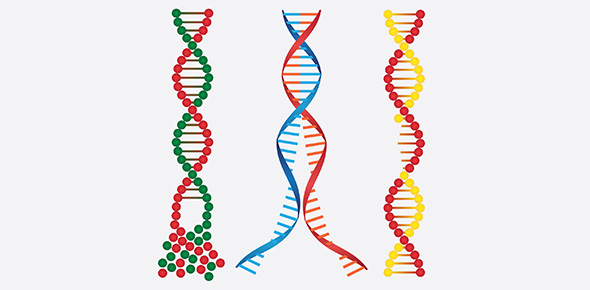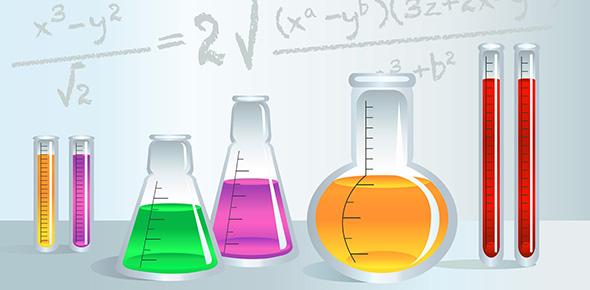Related Flashcards
Related Topics
Cards In This Set
| Front | Back |
|
Which of the following characterstics or structures exist for the vast majority of fungi? Which are present only in a few species? :
extracellular digestion sporangiophores
motile spores stolon
mycelia septate hyphae
chitin hyphae
cells caps and stalks
haustoria rhizoid hyphae
|
Common to the majority of fungi
extracellular digestion
chitin
mycelia
hyphae
cells (all living creatures have them)
rhizoid hyphae
Present in some
stolons (specialized hyphae)
caps and stalks (only mushrooms have them)
sporangiophores (hyphae with enclosed spores)
haustoria (specialized hyphae)
motile spores (Chytridiomycota and some slime molds)
septate hyphae (many have non-septate hyphae)
|
|
Some biologists say a mushroom is much like an iceberg, because only about 10% of an iceberg is visible from the surface of the ocean. What do they mean?
|
Like an iceberg, the visible part of a mushroom is only a small fraction of the total mushroom, because the mycelium is the largest component of a mushroom.
|
|
What is the difference between septate and non-septate hyphae?
|
Septate hyphae have cell walls to seperate the cells while non-septate hyphae do not.
|
|
What is the function of the rhyzoid hyphae?
|
The rhyzoid hyphae supports the fungus and digest the food.
|
|
What is the function of the stolon?
|
The stolon asexually reproduces.
|
|
What is the function of the sporophore?
|
A sporophore releases spores for reproduction.
|
|
What is the function of the haustorium?
|
A haustorium invades the cells of a living host to absorb food directly from the cytoplasm.
|
|
Which of he following hyphae are aerial?
rhizoid hyphae stolon
sporophore Haustorium
|
Stolons and sporophores are aerial.
|
|
What is the difference between sporangiophore and a conidiophore?
|
A sporangiophore produces its spores in an encloser; a conidiosphore does not.
|
|
What is the main characteristic of phyla Basidiomycota?
|
Forms sexual spores on club-like basidia.
|
|
What is the main characteristic of phyla Ascomycota?
|
Forms sexual spores in sac-like asci.
|
|
What is the main characteristic of phyla Zygomycota?
|
Forms sexual spores where hyphae fuse.
|
|
What is the main characteristic of phyla Chytridiomycota?
|
Forms spores with flagella.
|
|
What is the main characteristic of phyla Deuteromycota?
|
Fungi with no known method of sexual reproduction.
|
|
What is the main characteristic of phyla Myxomycota?
|
Fungi that look like protozoa for much of their lives.
|





